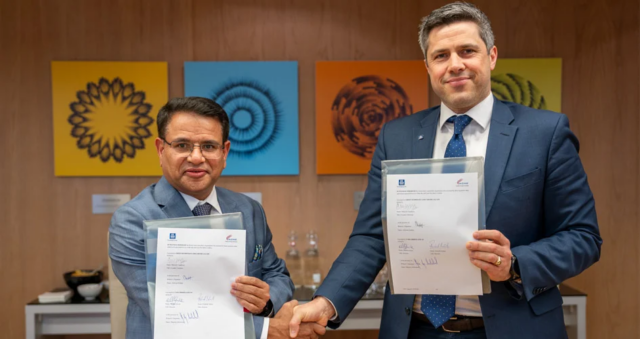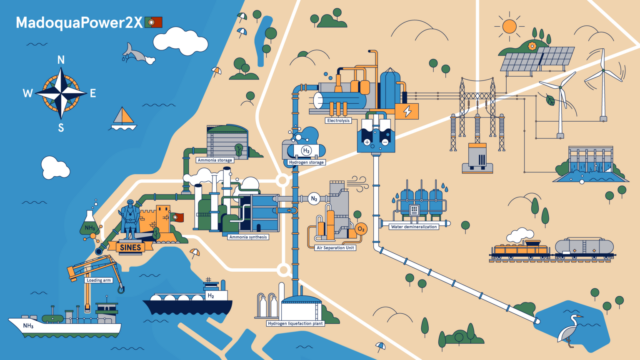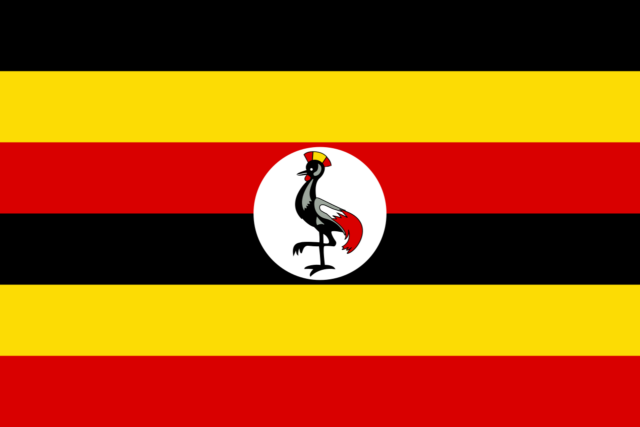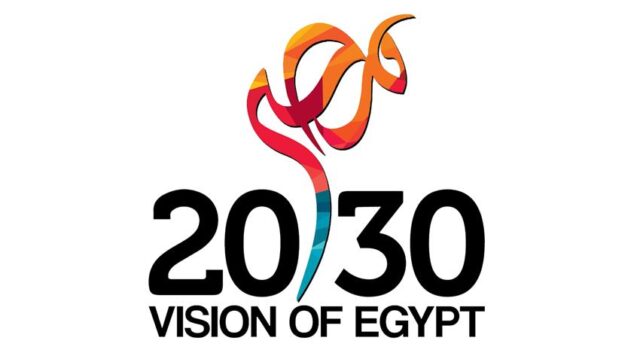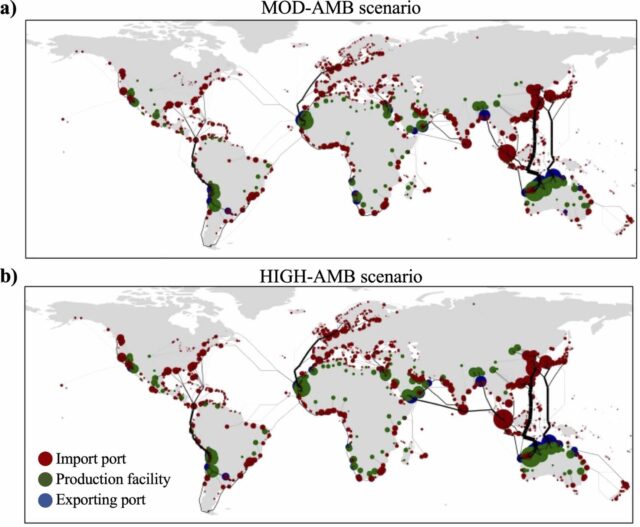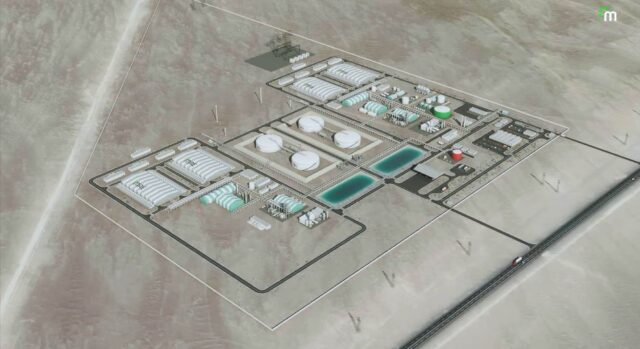Securing market access for early Canadian export projects
The Canadian and German governments have agreed to establish a bilateral funding window for hydrogen derivative exports between the two countries. H2Global will conduct “coordinated supply and demand side auctions”, with ammonia-producing projects on Canada’s Atlantic coast likely frontrunners for funding. In related news, Pattern Energy, lead developer of one of these export projects, will work with Mabanaft to explore a renewable ammonia supply chain between Newfoundland and Hamburg.

